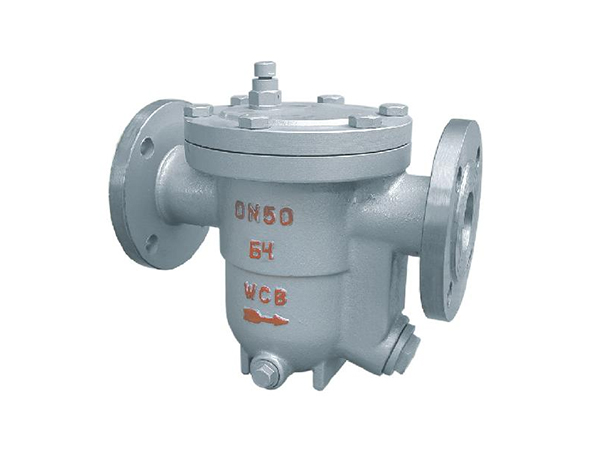Tips for Preventing Freezing of Steam Traps

Proper selection and installation of steam traps can prevent freezing as long as there is steam passing through. However, if the steam supply is interrupted, the condensate in the heat exchanger or tracing pipe will create a vacuum, which will prevent the condensate from freely draining from the system before freezing occurs. Therefore, a vacuum breaker should be installed between the equipment to be drained and the steam trap. If the condensate is not drained by gravity from the steam trap to the return pipe, the steam trap and the drainage pipe should be manually drained or automatically drained using a return pipe with anti-freezing measures. Additionally, when multiple steam traps are installed in a steam trap station, insulating the steam traps can prevent freezing.
Anti-freezing measures for steam traps include:
1. Do not select steam traps that are too large in size.
2. Keep the drainage pipe of the steam trap as short as possible.
3. Slope the drainage pipe of the steam trap downward to increase the speed of gravity drainage.
4. Insulate the drainage pipe of the steam trap and the condensate return pipe.
5. When the condensate return pipe is exposed to the atmosphere, consider adding a heating trace.
6. If the return pipe is elevated, the vertical drainage pipe should be adjacent to the upper drainage pipe of the return header, and both the drainage pipe and the steam trap drainage pipe should be insulated.


